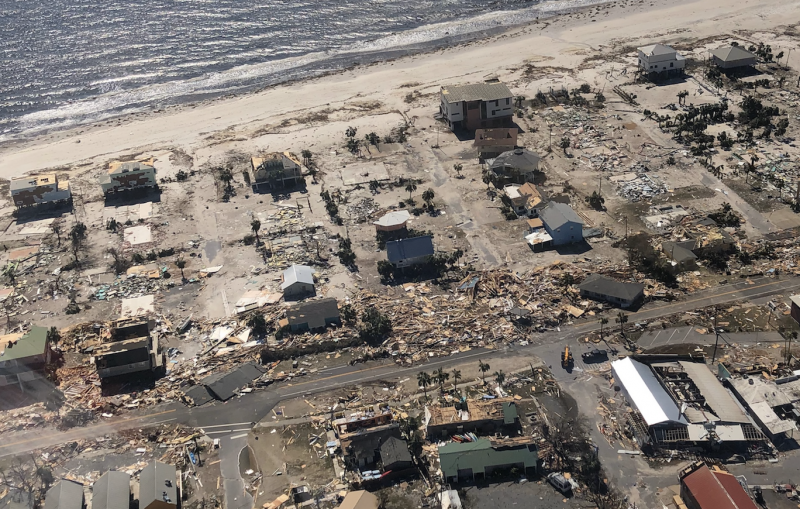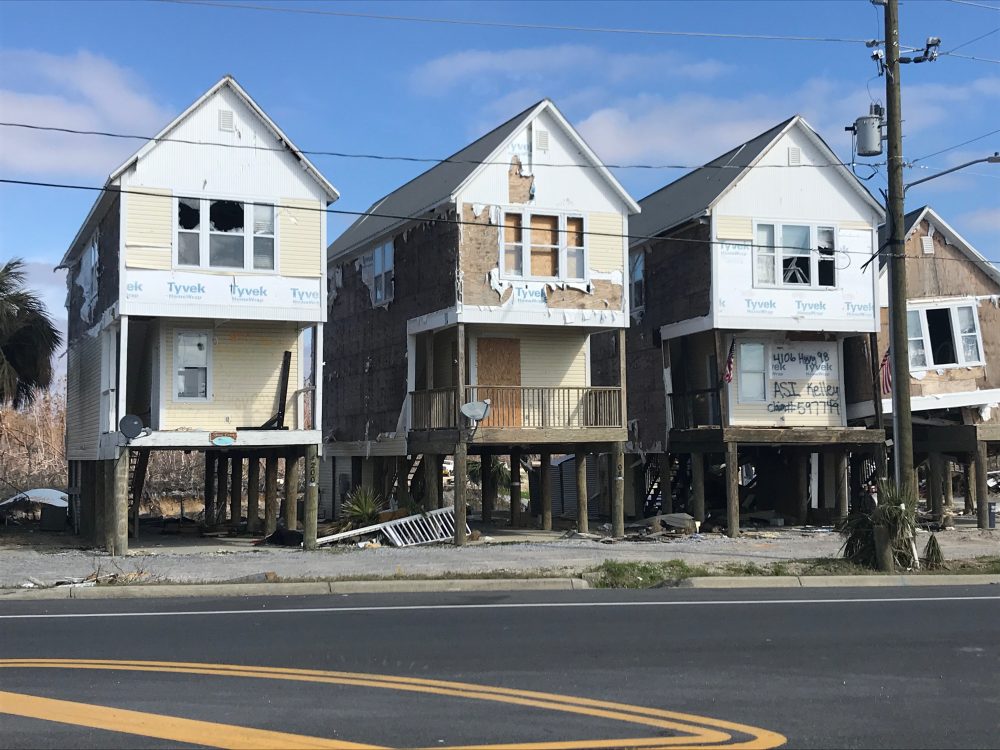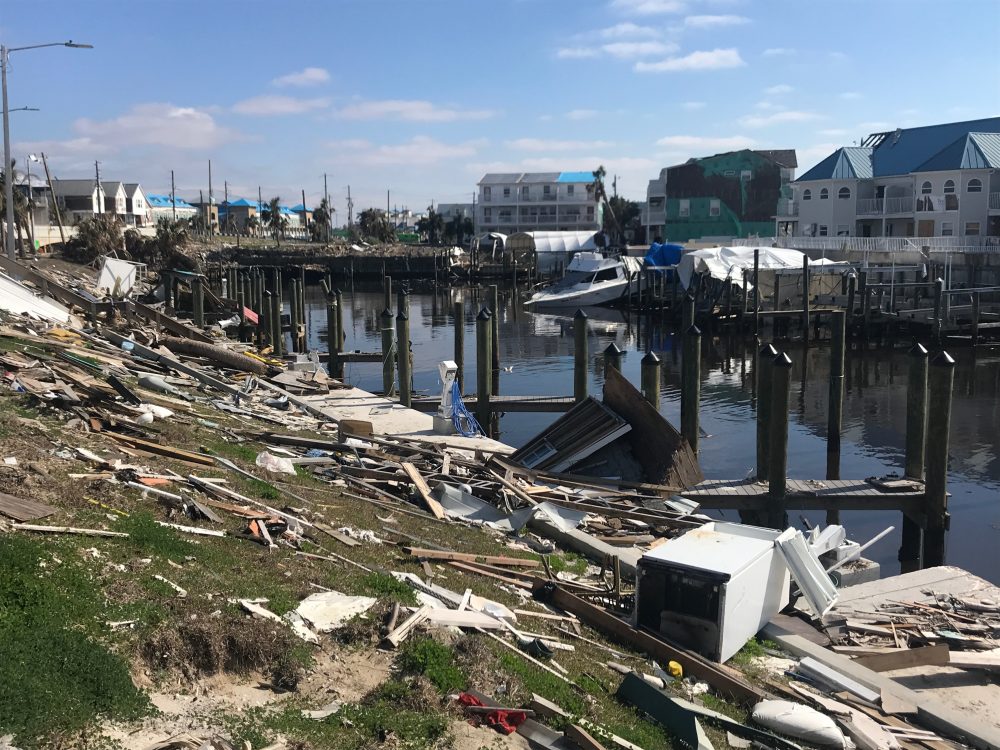When Donors Prioritize Disaster Funding
This blog also appeared on The Patterson Foundation’s website. The Patterson Foundation’s recent $500,000 contribution to the Center for Disaster Philanthropy’s 2018 Atlantic Hurricane Season Recovery Fund with $250,000 designated to Hurricane Florence and $250,000 designated to Hurricane Michael will support recovery efforts in the months and years ahead. The two disaster-related investments are noteworthy for several […]

This blog also appeared on The Patterson Foundation’s website.
The Patterson Foundation’s recent $500,000 contribution to the Center for Disaster Philanthropy’s 2018 Atlantic Hurricane Season Recovery Fund with $250,000 designated to Hurricane Florence and $250,000 designated to Hurricane Michael will support recovery efforts in the months and years ahead.
The two disaster-related investments are noteworthy for several reasons: they were thoughtful, compassionate, while also quick and decisive. The decisions were speedily undertaken, but what funders like The Patterson Foundation also know is that medium- and long-term recovery requires significant, sustainable and unrestricted funding. Catalytic funding that shapes how a community can recover not only the physical structures and infrastructures but the livelihoods and well-being of its people.
To fully appreciate the power of such gifts requires a look at implications associated with long-term recovery. Many areas of “traditional” philanthropy such as early childhood education, health, household stability (including issues like food insecurity and workforce development) and affordable housing align with needs after a catastrophic event. Here are some examples of how disaster philanthropy can positively impact these areas.
- Early Childhood Education: With schools closed for weeks or months and buildings unavailable, children’s educational progress suffers not only in the immediate aftermath but for months and years to come. Long-term disaster philanthropy invests in programs that foster good learning environments and help children cope.
- Health: Physical ailments and mental health concerns are often exacerbated after a trauma-inducing event. Long-term disaster philanthropy fills in gaps in funding for clinics and supports nonprofit programming that help survivors heal.
- Workforce Development: When businesses suspend operations, small businesses are shuttered, and crops are severely damaged, loss of wages most significantly impacts those who can least afford it, straining finances and putting families in jeopardy with lack of food and shelter. Long-term disaster philanthropy invests in small business development, agricultural restoration and housing to help stabilize communities.
- Affordable Housing: Vulnerable communities are often built on land susceptible to natural disasters and therefore face repeated incidents. As is the case of Hurricane Florence, many North Carolina residents had just begun to recover after 2016 Hurricane Matthew. Long-term disaster philanthropy funds rebuilding and helps communities advocate for strengthening resilience.
As disasters become more frequent, the approach of The Patterson Foundation is worth considering: quick, bold decision-making that results in long-term benefit to meet the complex challenges of disaster recovery now and for those sure to come in the future.
More like this

People Recovering from the “Forgotten Storms” Need Our Help

